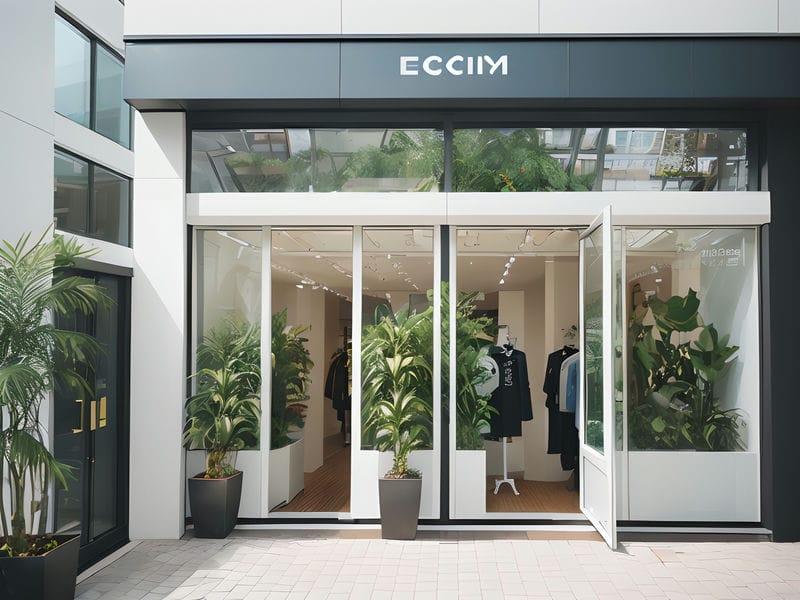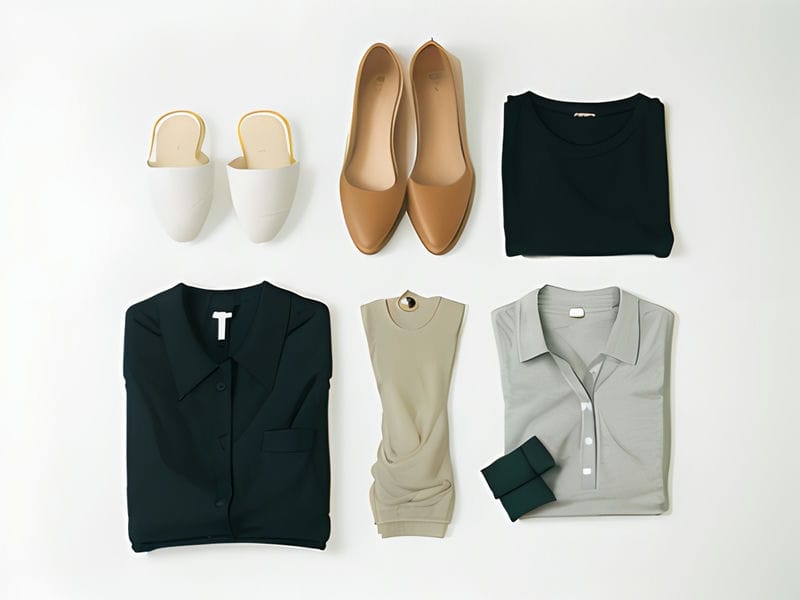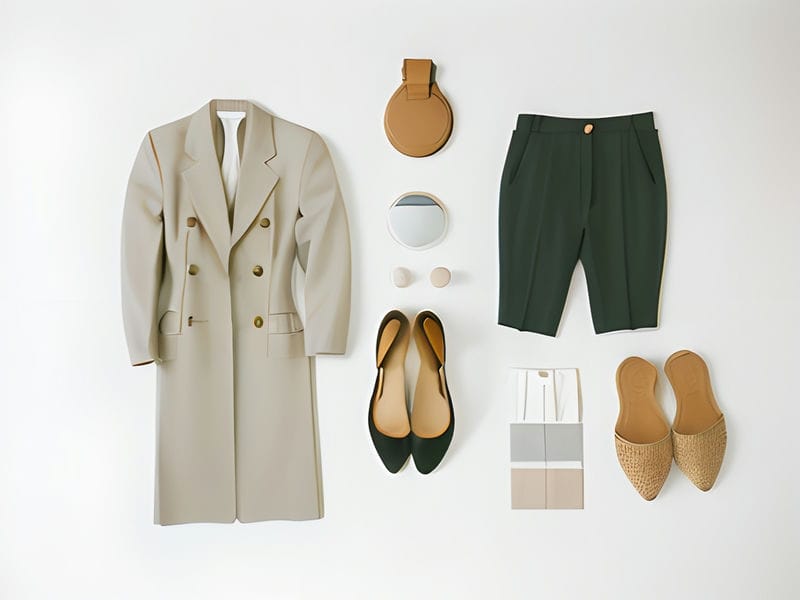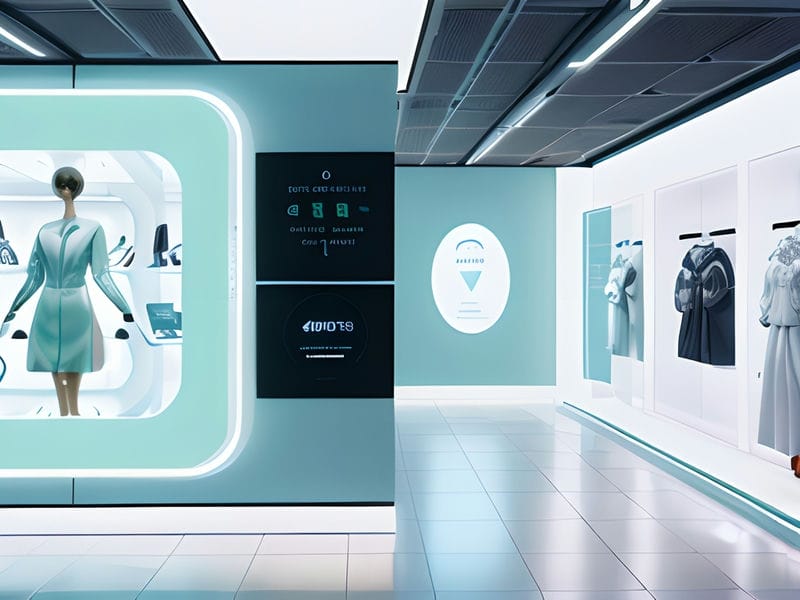
The Future of Wearable Technology in Fashion
Overview of how technology is being used in the fashion industry to reduce waste and pollution.
Wearable technology in fashion is no longer just a futuristic concept, but a rapidly growing trend that is reshaping the way we interact with our clothing. From smartwatches to fitness trackers to VR headsets, the possibilities for integrating technology into our everyday wear seem limitless.
One of the current trends in wearable technology is the merging of fashion and function. Designers are now focusing on creating pieces that not only look good but also serve a purpose, whether it's tracking your steps or monitoring your heart rate. This fusion of style and utility has led to an increase in demand for technologically advanced clothing that seamlessly fits into our daily lives.
Capsule wardrobes focus on quality over quantity How 3D Printing Is Changing Fashion Tencel. Slow fashion promotes thoughtful consumption Organic and Natural Fiber Fabrics Secondhand Shopping. Another innovation in the industry is the use of sustainable materials and ethical practices in the production of wearable tech. As consumers become more conscious of their environmental impact, companies are starting to prioritize eco-friendly options when designing their products. This shift towards sustainability not only benefits the planet but also adds value to the overall brand image.
Looking ahead, the future of wearable technology in fashion holds even more exciting possibilities. With advancements in smart textiles and augmented reality, we can expect to see clothing that adapts to our environment or enhances our sensory experiences. Imagine a jacket that changes color based on your mood or glasses that overlay helpful information as you navigate through a new city.
In conclusion, wearable technology in fashion is constantly evolving and pushing boundaries as designers continue to experiment with new ideas and technologies. The future looks bright for this innovative industry, where creativity meets functionality to create truly groundbreaking pieces that not only look good but also enhance our lives.










